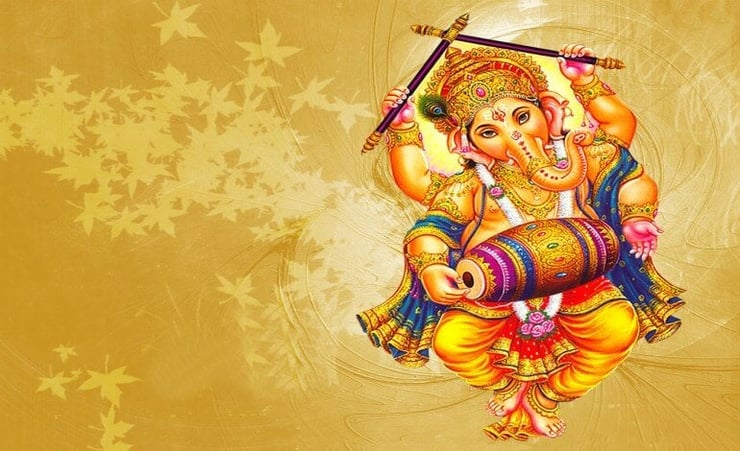The importance of Gruha Pravesh Puja

Building or buying a house is a major milestone in one’s life. Entering a new home signifies new beginnings filled with expectations and anticipation of good days to come.
Performing a gruha pravesh puja or a house warming ceremony has a special significance for most Hindus.
It is believed that entering a new house requires auspicious benedictions of the Almighty. The home-owners are also expected to seek the blessings their ancestors.
A puja for Lord Ganesh is fundamental not only to obtain his blessings but also to remove any obstacles. An auspicious date is selected for the gruha pravesh puja while Tuesdays and amavsya are usually avoided.
According to the shastras
- Approva gruha pravesh is done for a newly constructed house
- Sapoorva gruha pravesh is performed while entering a house that was previously owned
- Dwandwah gruha pravesh is for entering a house after a major reconstruction or renovation
A puja cannot be conducted in an incomplete house. Therefore it has to be completed in most respects and ready to be occupied. Minor finishes can be done later.
The house is cleaned properly and the entrance of the house is decorated with mango leaves, flowers, toran, and rangoli.
The mango leaves absorb negative energies and the flowers are attractive and welcoming. The rangoli not only has beautiful and attractive designs but also has a peaceful and calming effect on the people entering the house.
A vastu puja is performed outside to eliminate mistakes or doshas in the house that may have occurred due the bearing and shape of the land, design, or construction faults of the building.
A kalash (copper or silver pot) filled with water and nine types of grains and with a coconut covered in red cloth placed over it is used for the puja and carried inside by the lady of the house.
The puja items and photos of gods are brought into the house first. Only the stove is initially required; the furniture and other things should only be moved into the house after the puja.
It is recommended that the puja is performed by a pandit before sunrise during the auspicious Brahma Muhurat. A gruha shanti havan is performed and holy water or Theertham is sprinkled around the house to purify the house and enhance postive vibrations.
The family members eagerly await the day of the puja and dress up in traditional clothes. A coconut is broken outside the front door and the family members enter the house with the photos of Ganesh and other dieties. Lamps are lit and a Mangal Kalash is placed in front of the dieties.
The pandit proceeds to the propitious north-east part of the house to perform the havan and puja while chanting Vedic mantras. The smoke from the holy fire of the havan is considered to dispel vastu doshas and negative energies.
The lady of the house enters the kitchen, does puja to the stove, and proceeds to boil milk in a new vessel. Milk signifies purity and the milk is allowed to boil over to indicate abundance in the house.
The milk is sweetened and offered first to the gods and then distributed to family members as prasad. A Satyanarayan katha is organised for family and friends followed by lunch.
After the gruha pravesh puja has been performed, the house should not be unlit or unoccupied. It is advised that people stay in the house for a minimum of three days after the puja.
The puja enhances the positive energies inside and around the house. It is believed that it ensures prosperity, good health, and well-being of the occupants of the house.




